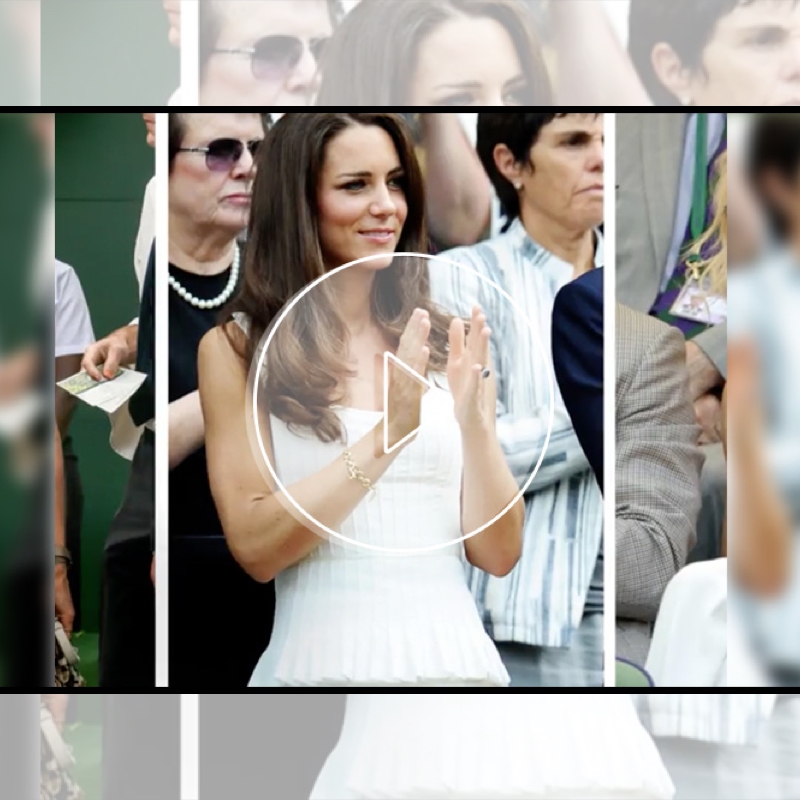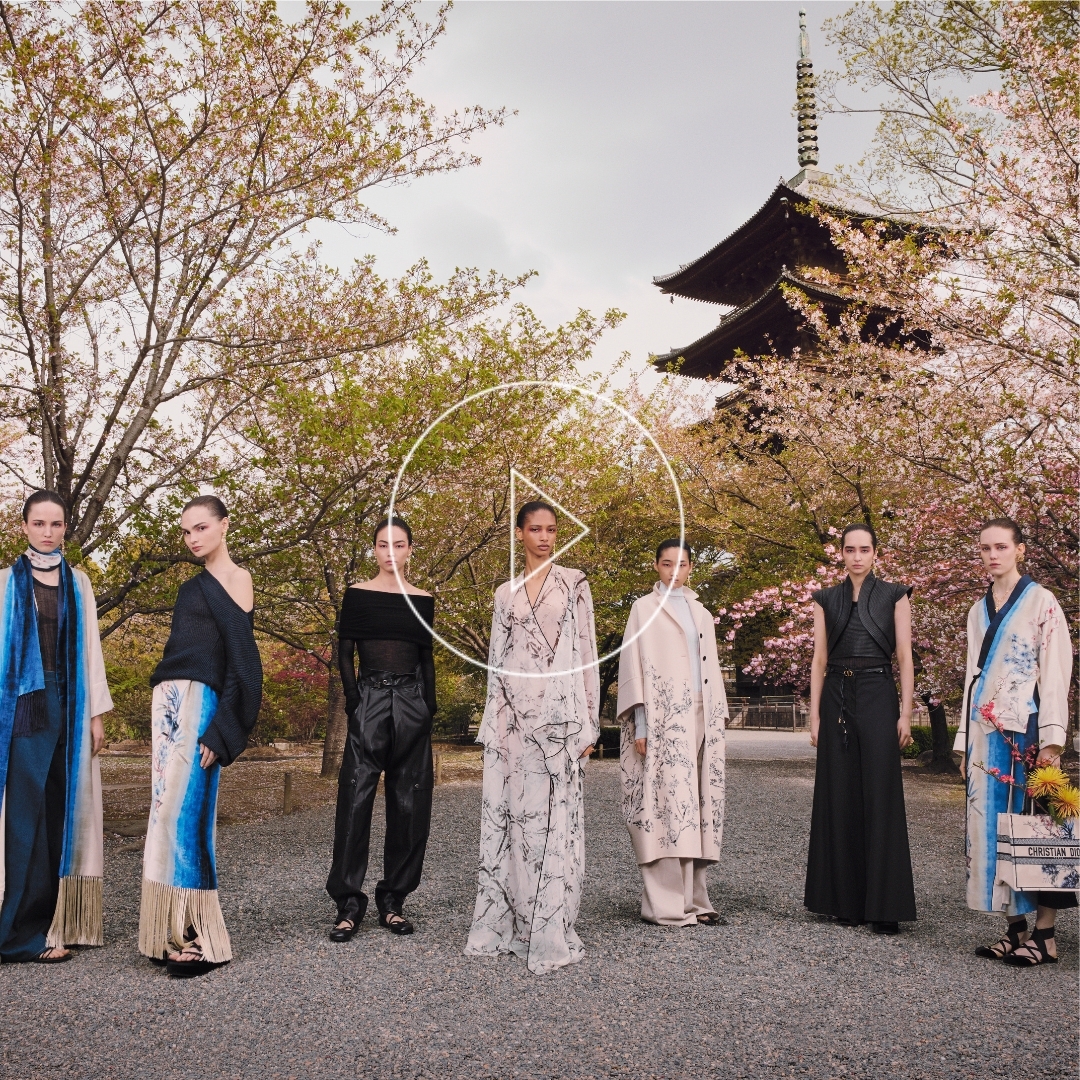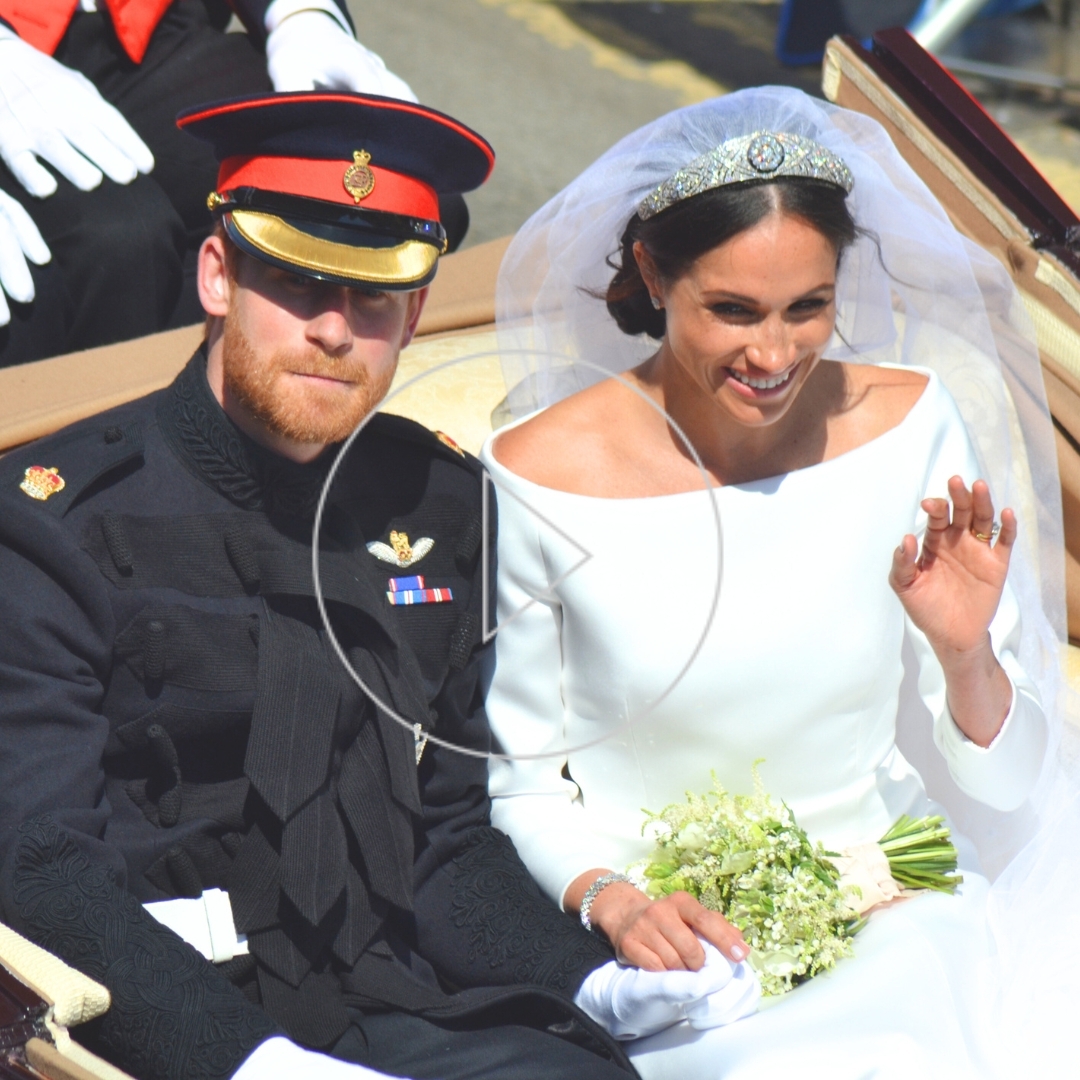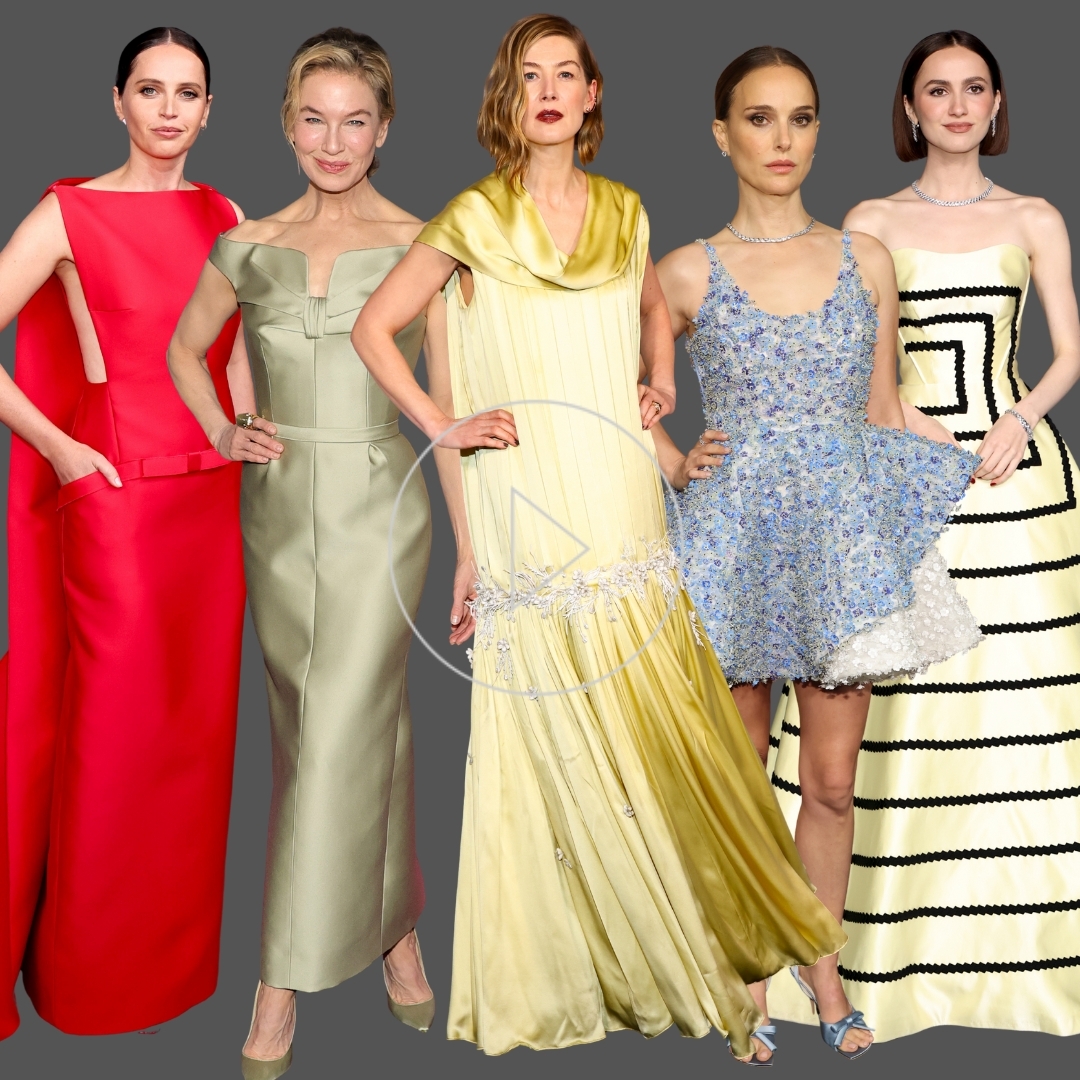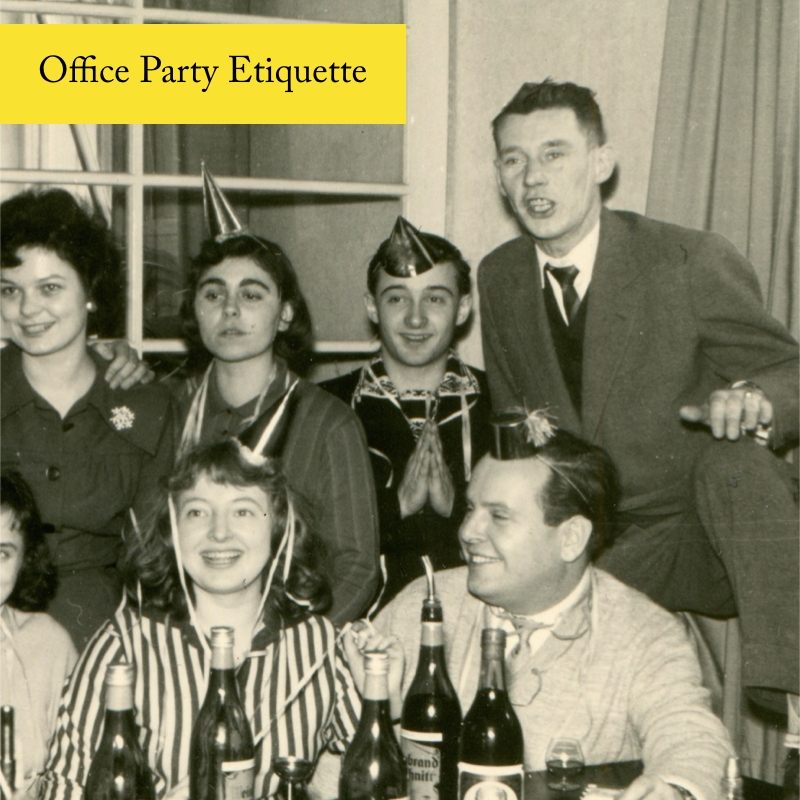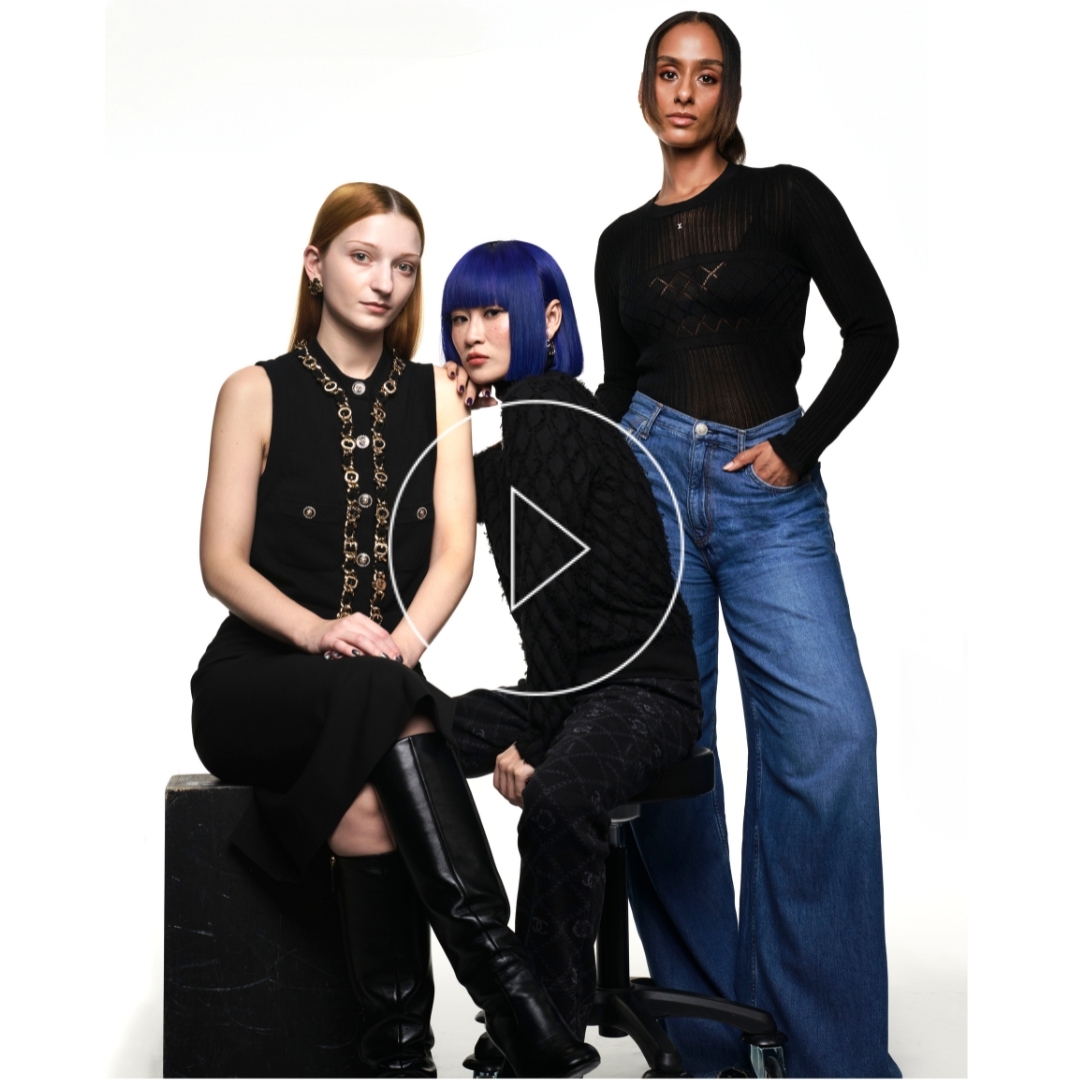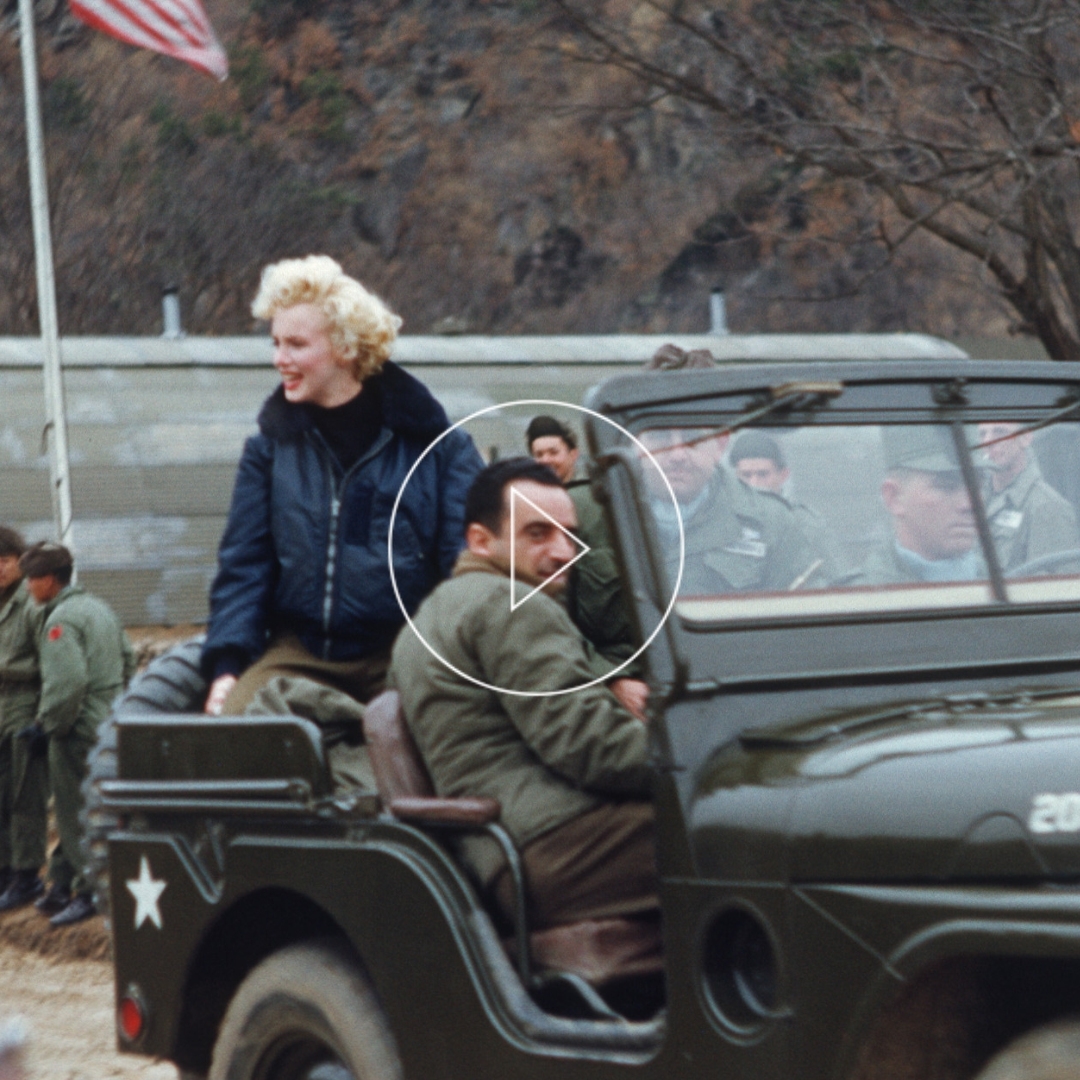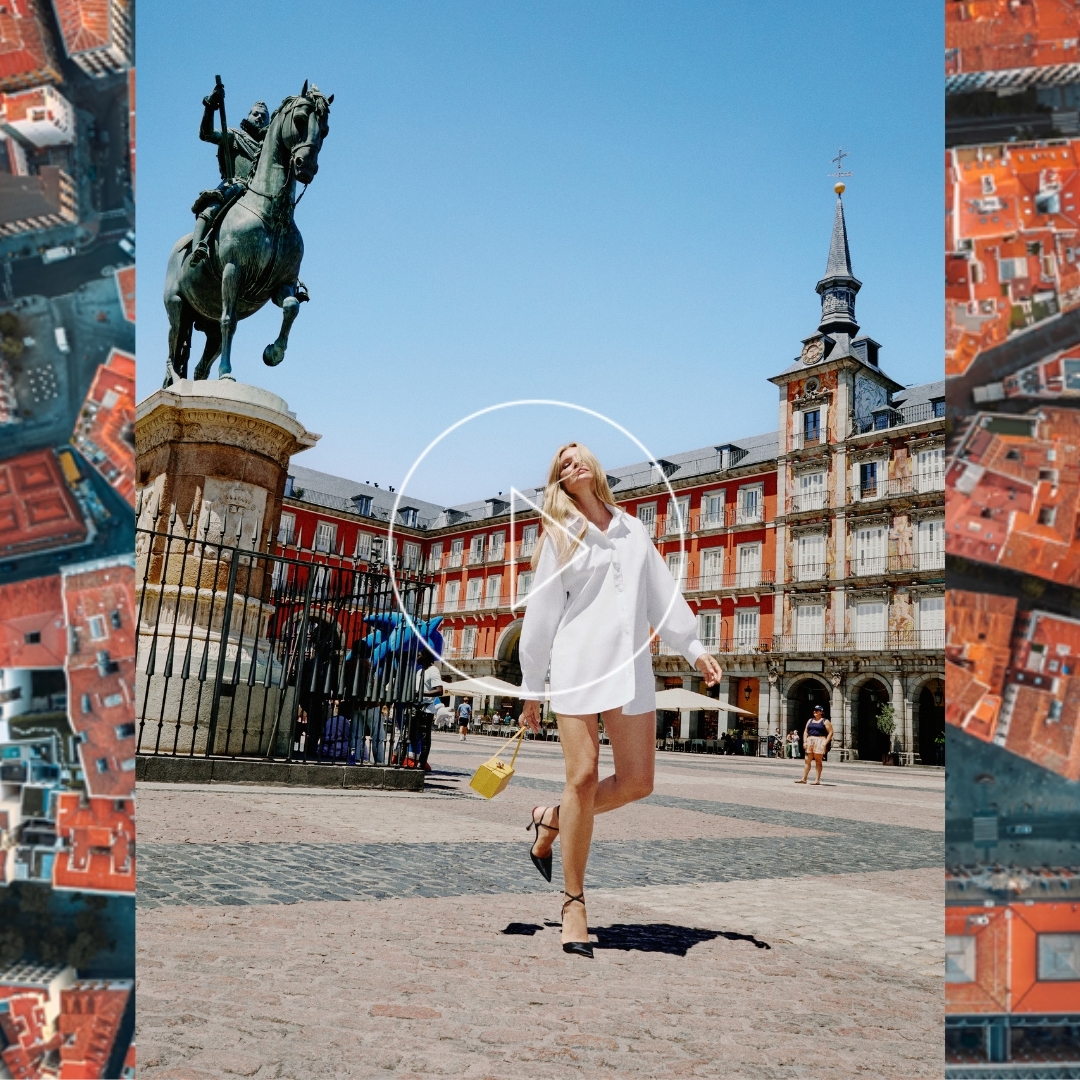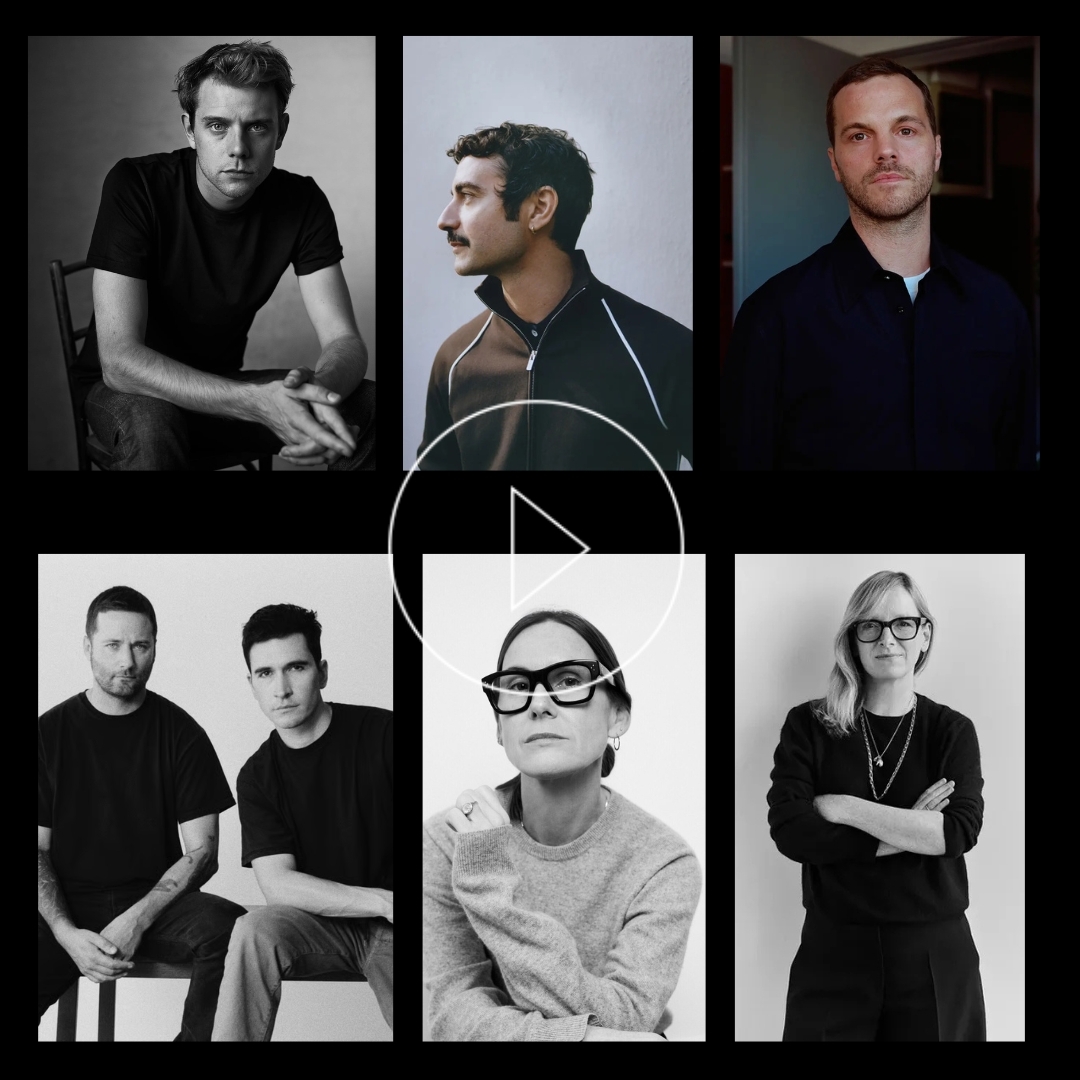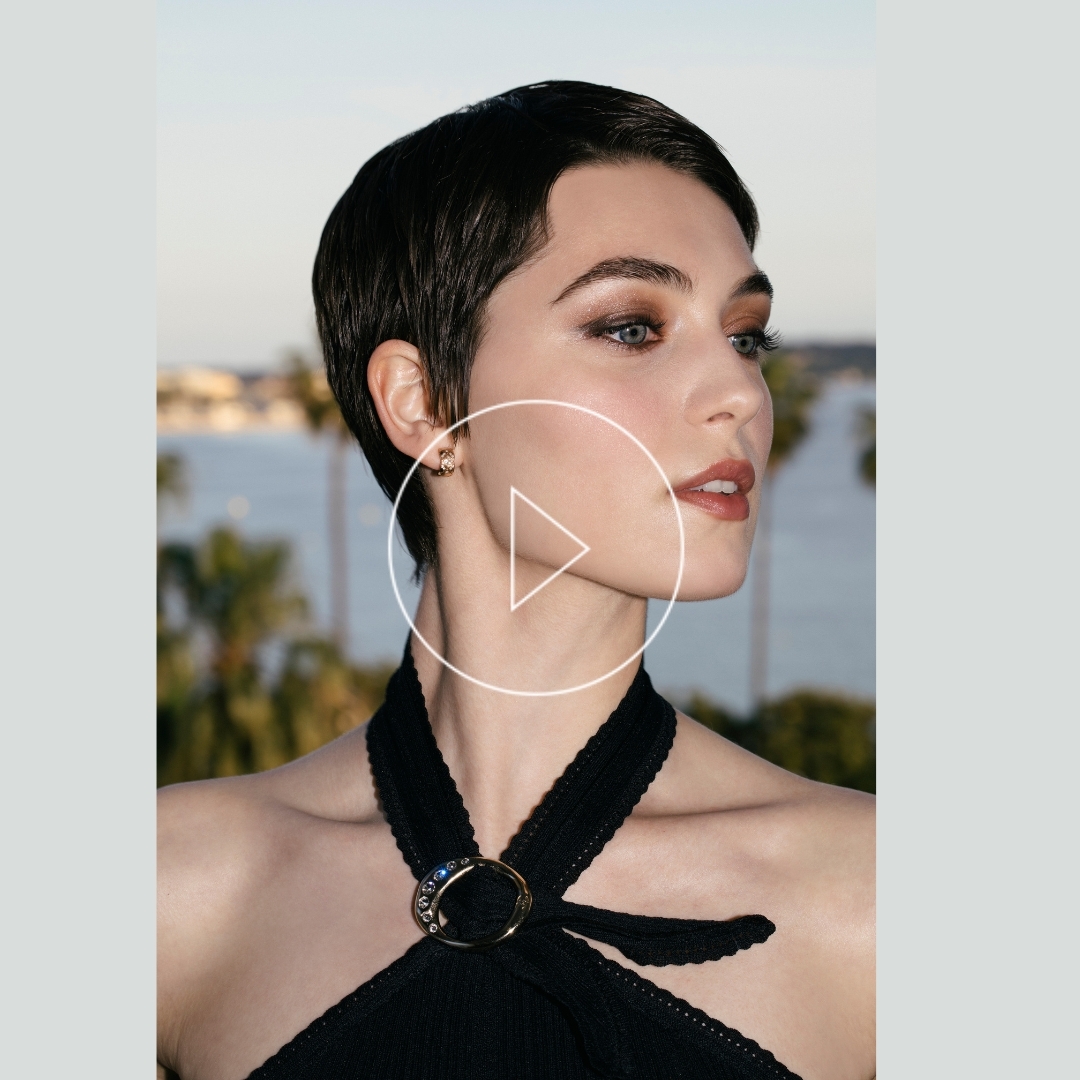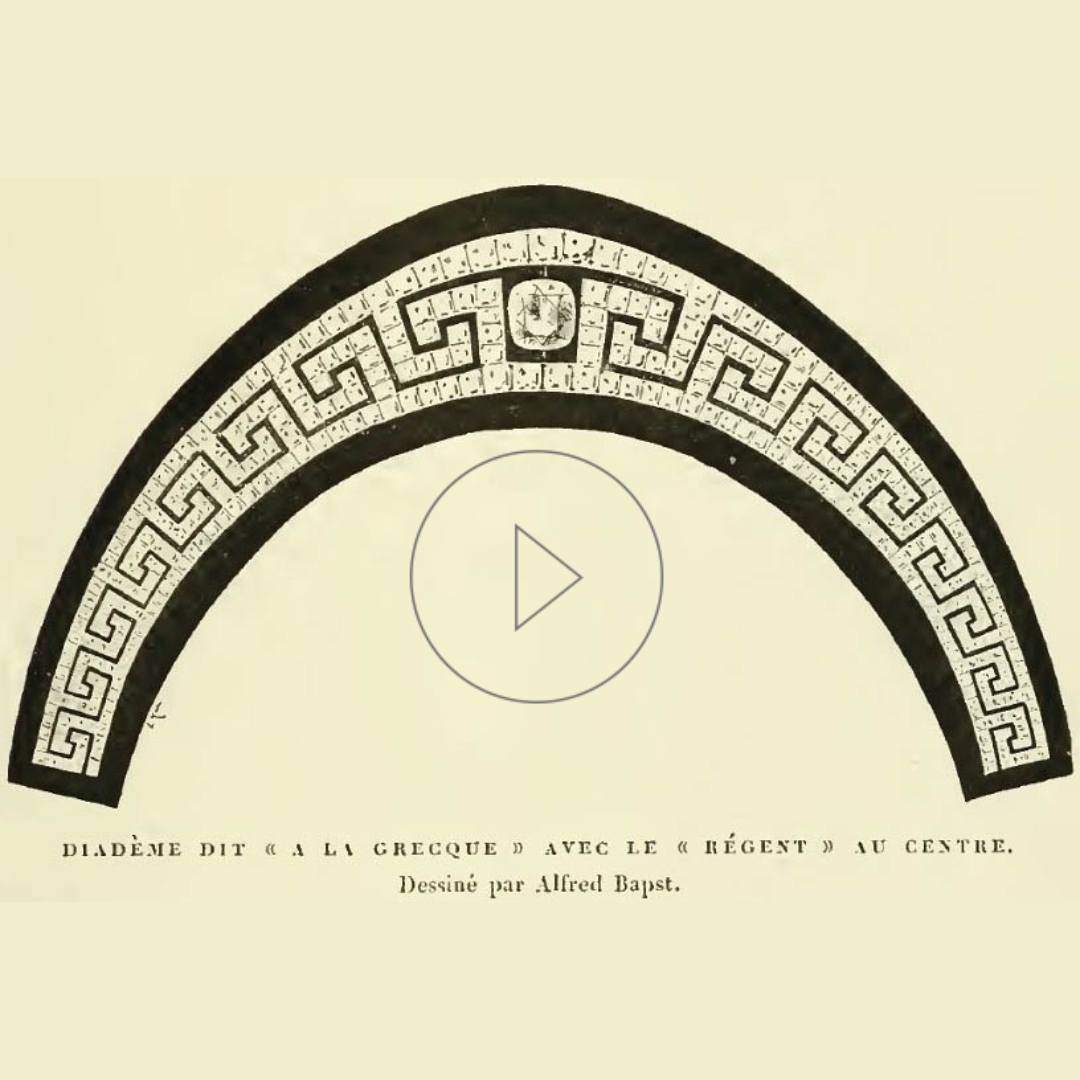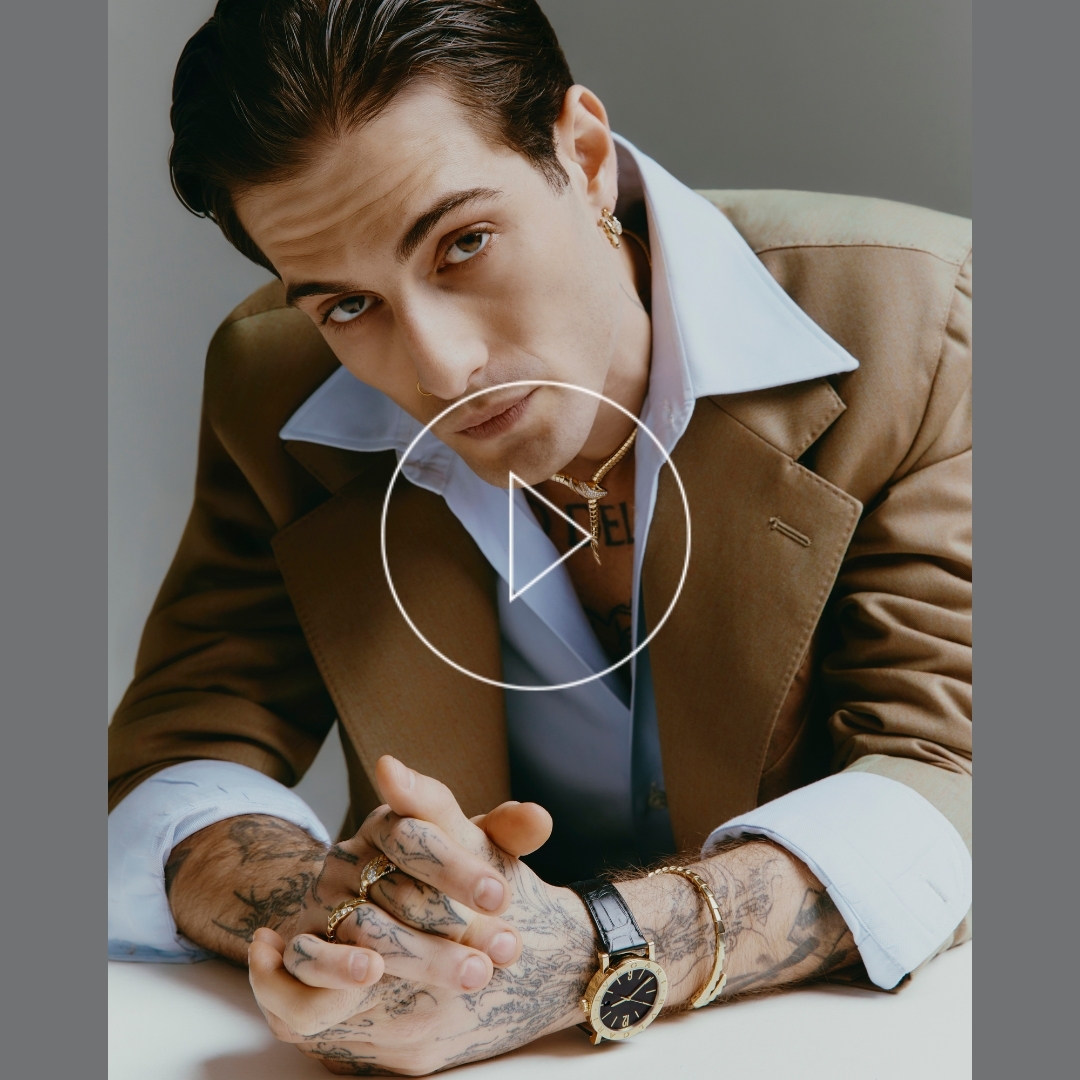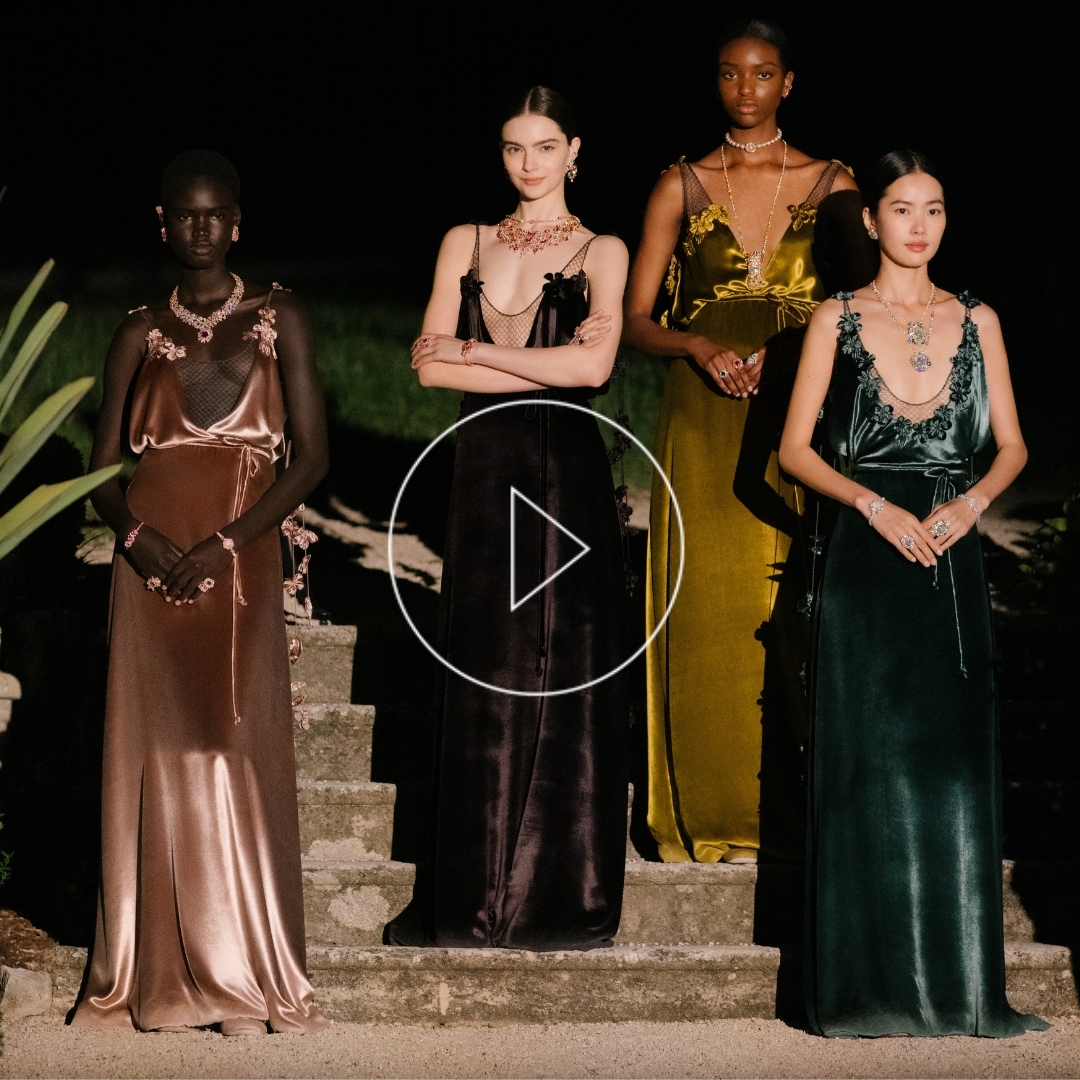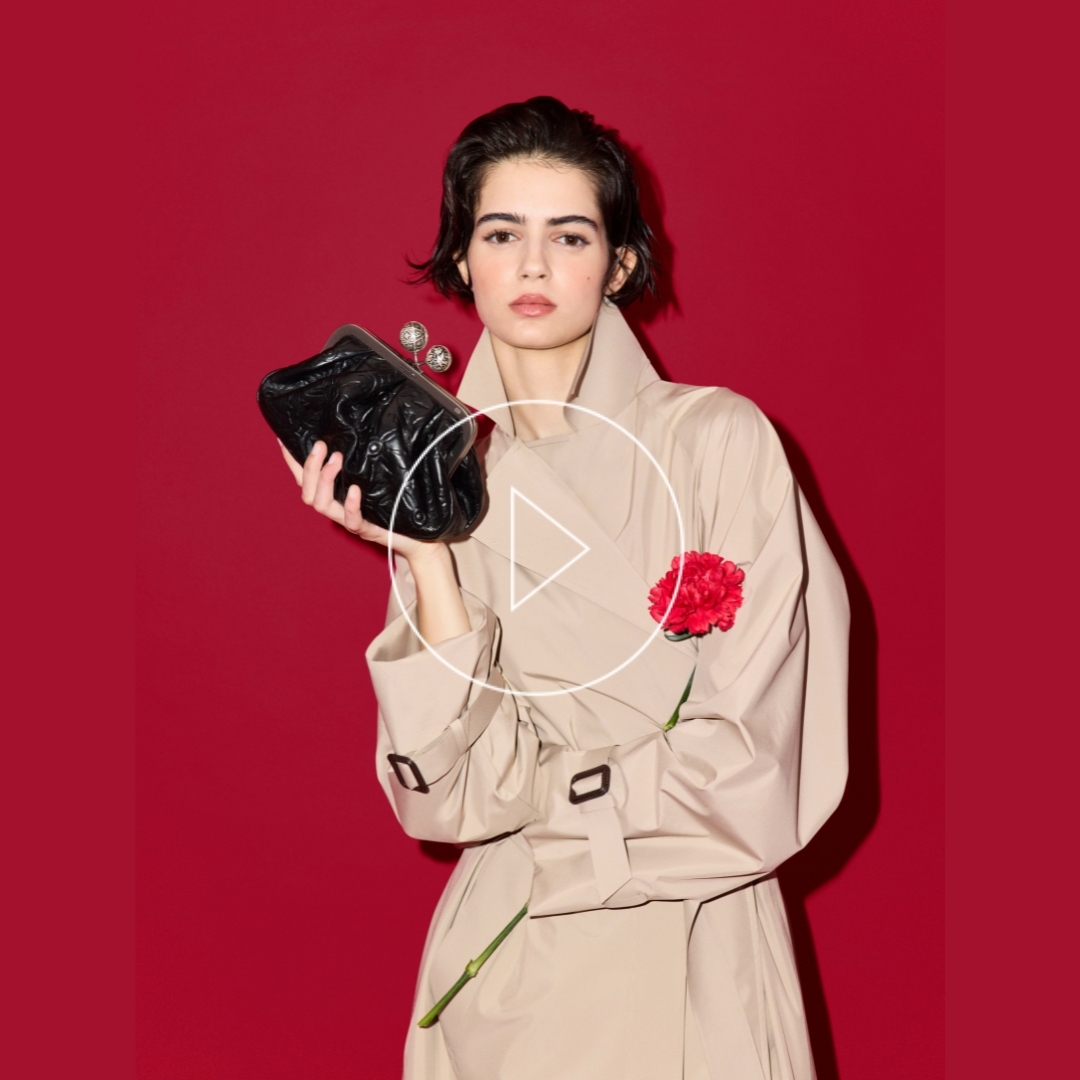Dubious jewellery: Meghan’s earrings, a gift from Khashoggi’s murderer And other faux-pas.
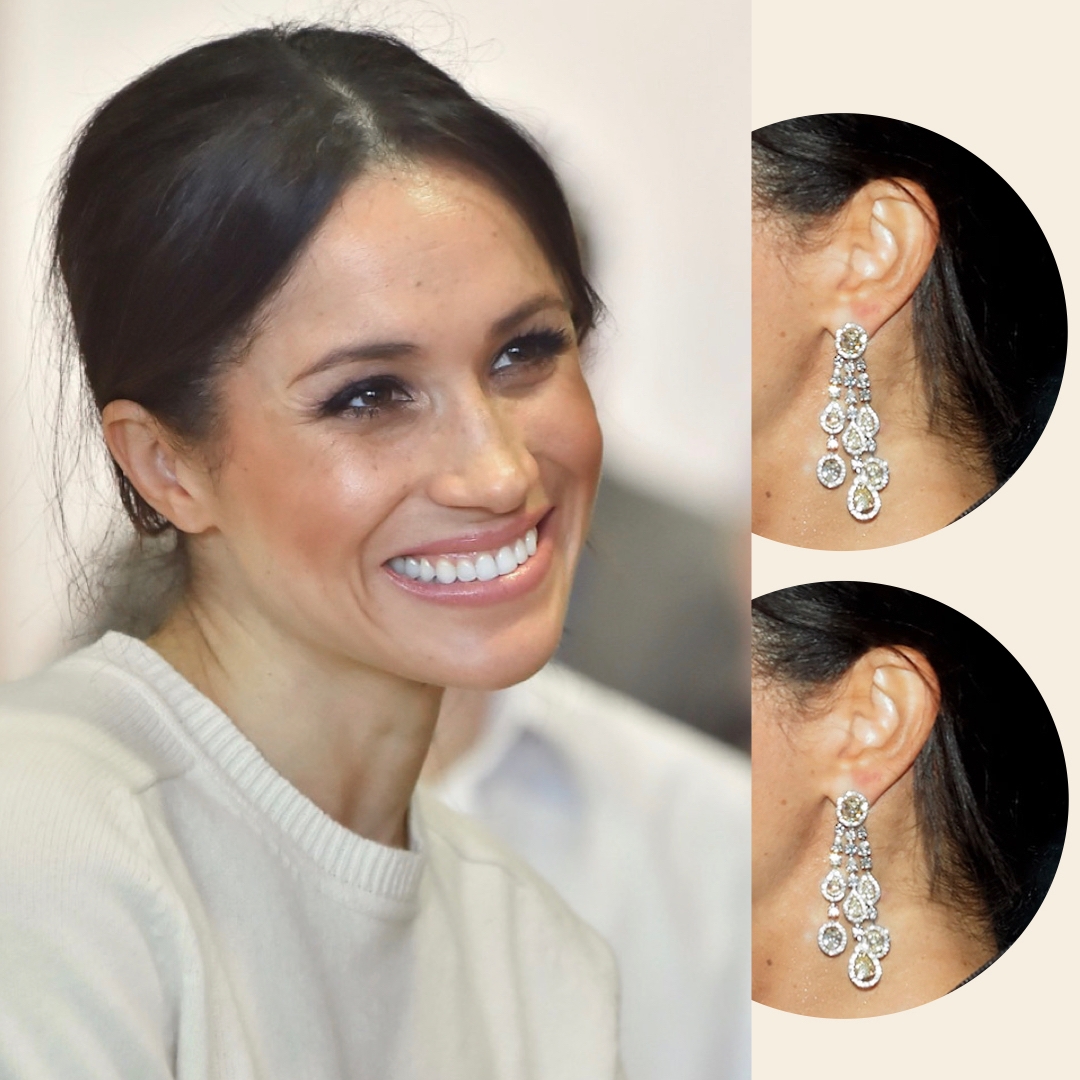
The historical jewels of the British Royal family are impressive, to say the least. And there are curious stories behind some of these magnificent jewellery pieces, while others can be dubious and controversial. For example, Meghan Markle’s stunning Chopard diamond earrings. She wore them during the Royal Tour of New Zealand, Fiji and Tonga in 2018 and stirred a huge controversy. That is because Meghan’s chandelier earrings were a wedding gift from Crown Prince Mohammed bin Salman of Saudi Arabia. And he is accused of ordering the murdering of the journalist Jamal Khashoggi.
The Duchess’ lawyers stated she didn’t know about the Saudi prince’s involvement in the journalist’s assassination. Even so, Meghan wore the controversial earrings again to Prince Charle’s 70th birthday. And this happened a month after Saudi Arabia had admitted the crime. Additionally, the Palace said Meghan had loaned out the dubious jewellery for the event. But in reality, wedding gifts like Meghan’s earrings remain with senior royals.
Besides Meghan’s controversial earrings, there are other jewellery pieces with unusual tales. Read about the provenance of some fantastic jewels that have a controversial past. And others that have caused a faux-pas or two.
The Koh-i-Noor diamond and the curse
The Koh-i-Noor is one of the largest cut diamonds in the world. The 105.6-carat diamond is set in the crown of Queen Elizabeth, the Queen Mother. This sparkling gem is on our controversial jewellery list because it’s surrounded by legends and superstitions. The Koh-i-Noor, (mountain fo light) diamond comes from a mine in India. It was first mentioned on a document in 1306 when it belonged to the Rajas of Malwa. And it is said the gemstone’s original weight was 186 ct.
Throughout history, the diamond’s belonged to several Mogul emperors. Many met bloody deaths, causing people to believe the gem had a curse. Additionally, the diamond was ceded to Queen Victoria under the 1849 Treaty of Lahore. Those on the ship that took the gemstone to England had to endure an outbreak of cholera and heavy storms.
Because of the inclusions in the diamond, Prince Albert had it recut hence its smaller size today. The dubious diamond was then set in a jewellery piece and later into Queen Alexandra and Queen Mary’s consort crowns. Finally, into the Queen Mother’s crown on display in the Tower of London. Interestingly, the Hindu legend about this diamond says the “only God, or a woman, can wear it with impunity”. Maybe this explains why only female members of the royal family women have worn it.
After India’s independence, there’s been a controversial rift around the jewellery gem. India, Pakistan, Afghanistan, and Iran each claim the Koh-i-Noor diamond to be theirs.
Grand Duchess Vladimir Tiara and the smuggler
Bolin, the Russian court jeweller, made the diamond tiara with removable pearls in 1874 for Grand Duchess Maria Pavlovna of Russia. The Duchess escaped the Russian revolution in 1918. She told a friend of the Romanovs, a British antique dealer, where she had hidden her jewellery. He managed to sneak into the dubious Russian Palace and smuggled 244 jewellery pieces to England.
After the Grand Duchesse’s death, her daughter inherited the fabulous tiara and sold it to Queen Elizabeth’s grandmother, Queen Mary. The Queen inherited it when her grandmother died in 1953 and has since worn the regal headpiece several times.
The Cambridge emeralds, lottery and gambling
The Queen has often worn the stunning emerald necklace made by the Crown Jeweller Garrard. Story has it that Queen Mary’s grandmother, the first Duchess of Cambridge, won a set of 40 emeralds in a lottery. Her grandson, Prince Francis of Teck, inherited the gemstones. The latter, a gambler and trouble maker, died at the age of 40. But not before leaving in his will the emeralds to his married mistress. His sister, Queen Mary, bought the dubious gemstones back to avoid scandal. She then set them in formidable jewellery pieces, including the Delhi Durbar necklace. Some of the Cambridge emeralds also became detachable pendants that sometimes replace the pearls of the Grand Duchess Vladimir tiara.
Rubies and military regimes
In 1973, Queen Elizabeth commissioned Garrard to make this beautiful diamond and ruby tiara. She used diamonds from a tiara she had received from the Nizam of Hyderabad as a wedding gift. Additionally, the 96 rubies came from Burma, given to the Queen for her wedding. The Burmese believe this number of rubies protect the wearer from diseases. Fun fact; the British monarch usually sends non-verbal messages through the jewellery she wears. So, maybe it was no coincidence she chose this particular tiara for a banquet with President Trump! Sadly, wearing Burmese ruby jewellery is now controversial since this gemstone’s trade can fund the military regime.
The Prince of Wales Feathers, Diana and Camilla
When Princess Diana married Prince Charles, the Queen Mother gave her (on permanent loan) a diamond necklace. It came with the Prince of Wales Feathers pendant and a removable emerald cabochon drop. After her death, the necklace went back to the Crown’s collection and was made into a brooch. The controversial story about this jewellery piece is that Camilla, the Duchess of Cornwall and second wife of Prince Charles, wore this brooch to his 50th anniversary of the investiture. Her dubious choice of jewellery didn’t go unnoticed.
Moretto brooch, Princess Michael of Kent and Meghan
Princess Michael of Kent’s jewellery caused heated discussions when she wore a controversial brooch at Buckingham Palace. Controversial because it was the first time Meghan would meet the wife of the Queen’s cousin. And Harry’s then-fiancée felt deeply offended by the brooch, thinking it was a direct message to her. To clarify, the piece in question is from a famous jewellery house in Venice, Nardi. Called Moretto Veneziano, the brooch depicts a Moor wearing princely clothes and turban. Over the centuries, the Venitian’s traded spices, carpets and fabrics thanks to their partners from the Orient. The influence of this close association with the middle east is still visible today in Venice‘s fashion and architecture. For example, the Ducal Palace and the oriental-style Venetian palazzi. And the Morreto brooches.
But Meghan and the internet thought the controversial jewellery depicted an African slave, calling Princess Michael of Kent a racist. The media’s reaction was such that the princess had to apologise for her faux-pas. This is quite ironic, considering that the American actress Whoopi Goldberg bought a Moretto brooch as a black pride sign. In fact, the jeweller Alberto Nardi says the Moorish Venetian prince figure is an object that is the total antithesis of racism.
And talking about dubious and controversial jewellery, watch the story of the slave bracelet in the video below.
Photo by Northern Ireland Office, via Wikimedia.
SHARE

